What is Imagery? A Deep Dive into Sensory Language

I. Defining Imagery: Beyond the Literal a. Etymological Roots and Evolution of Meaning: The term “imagery” derives from the Latin ...
Read moreMetaphor: Bridging Worlds Through Linguistic Transference

I. Defining Metaphor II. The Cognitive Basis of Metaphor III. Types of Metaphor IV. The Functions of Metaphor in Language ...
Read moreLeitwortstil: The Thematic Thread of Repetition

I. Defining Leitwortstil II. The Mechanics of Leitwortstil III. The Purpose and Effects of Leitwortstil IV. Types and Categories of ...
Read moreThematic Patterning: Weaving Meaning Through Repetition and Resonance
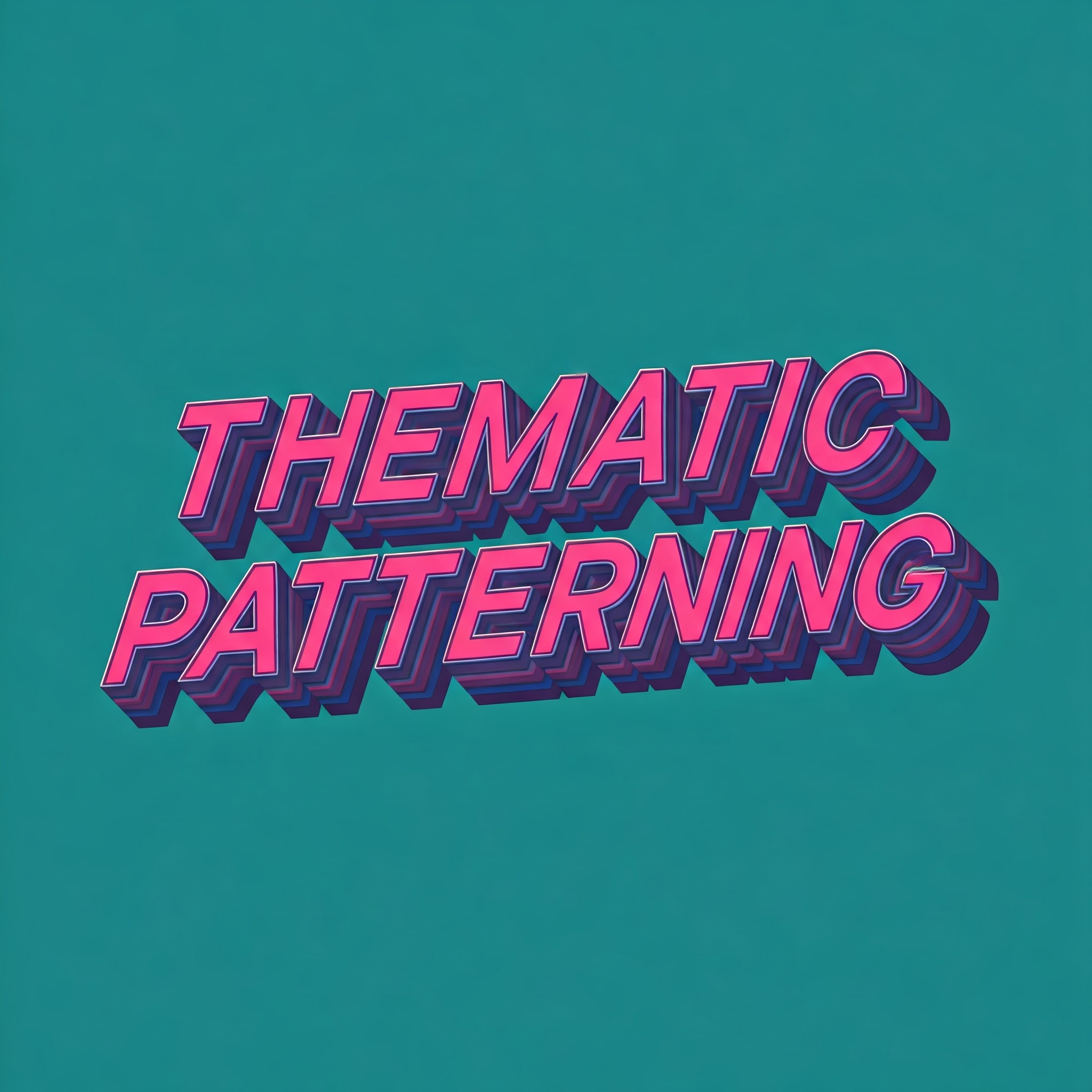
I. Defining Thematic Patterning II. The Functions of Thematic Patterning in Narrative III. Types of Thematic Patterns IV. Identifying Thematic ...
Read moreMetonymy: The Art of Indirect Designation
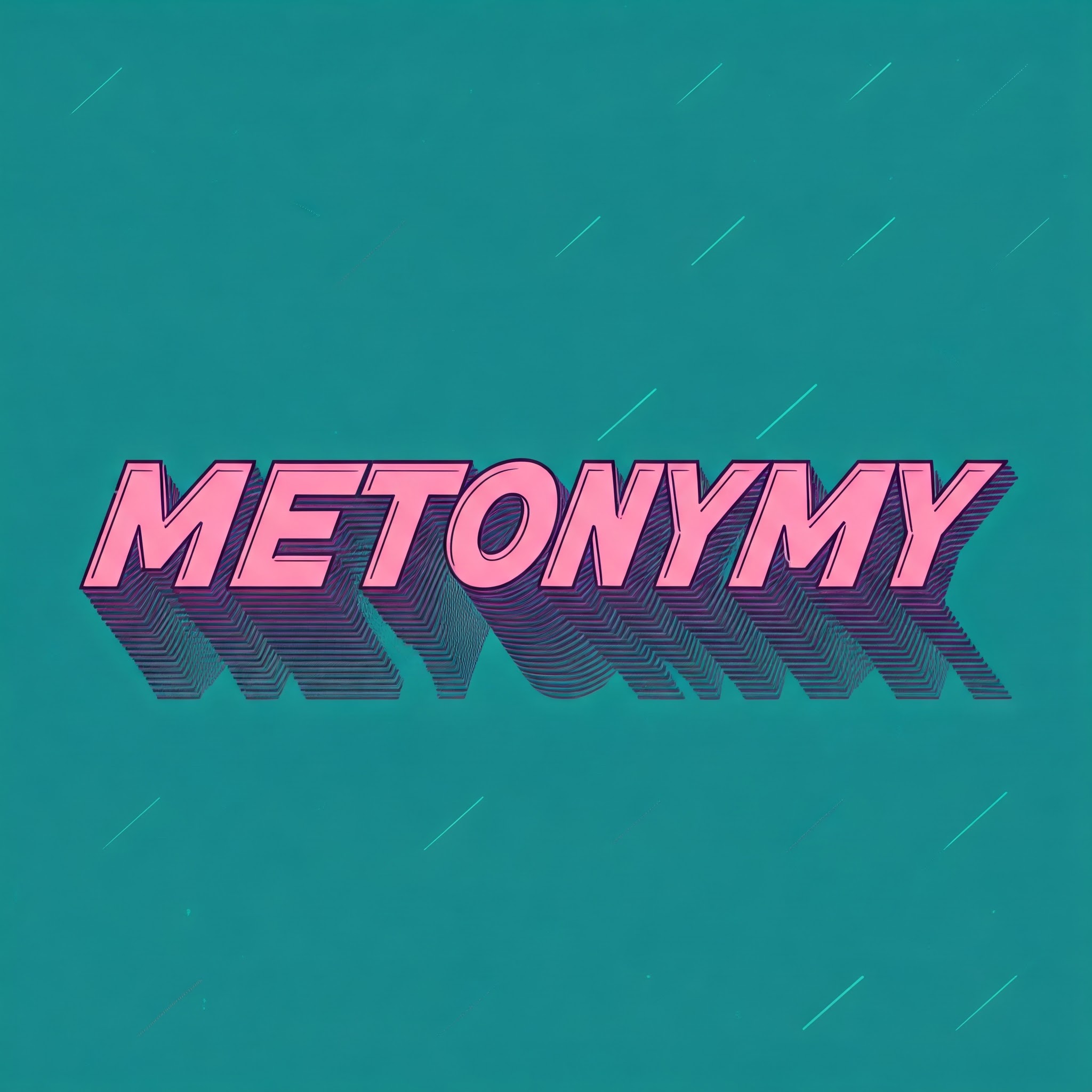
I. Defining Metonymy II. The Mechanics of Metonymy III. The Purpose and Effects of Metonymy IV. Types and Categories of ...
Read morePathetic Fallacy: When Nature Mirrors the Human Heart
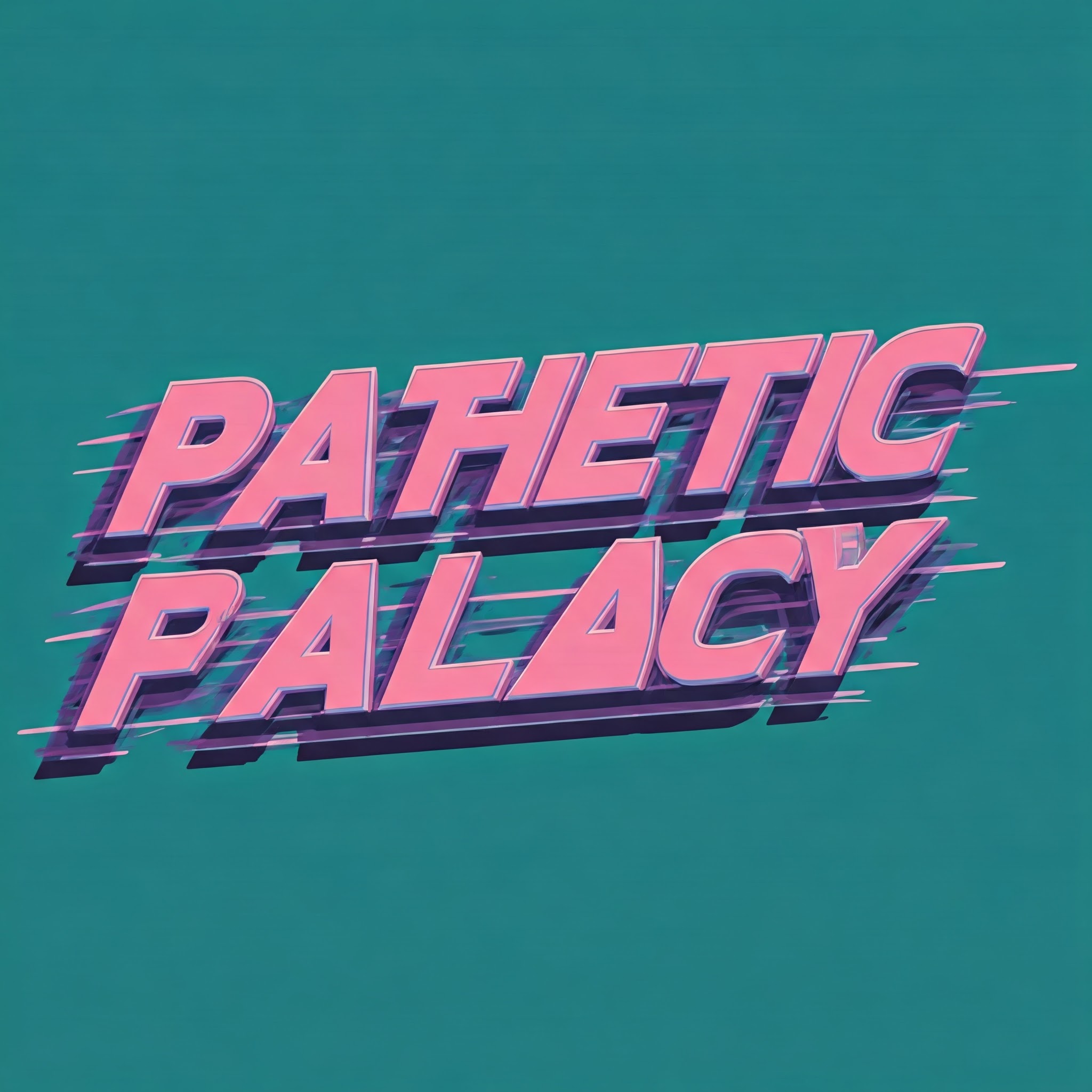
I. Defining Pathetic Fallacy II. The Literary and Artistic Significance of Pathetic Fallacy III. Psychological Underpinnings of Pathetic Fallacy IV. ...
Read moreOnomatopoeia: The Echo of Sound in Language
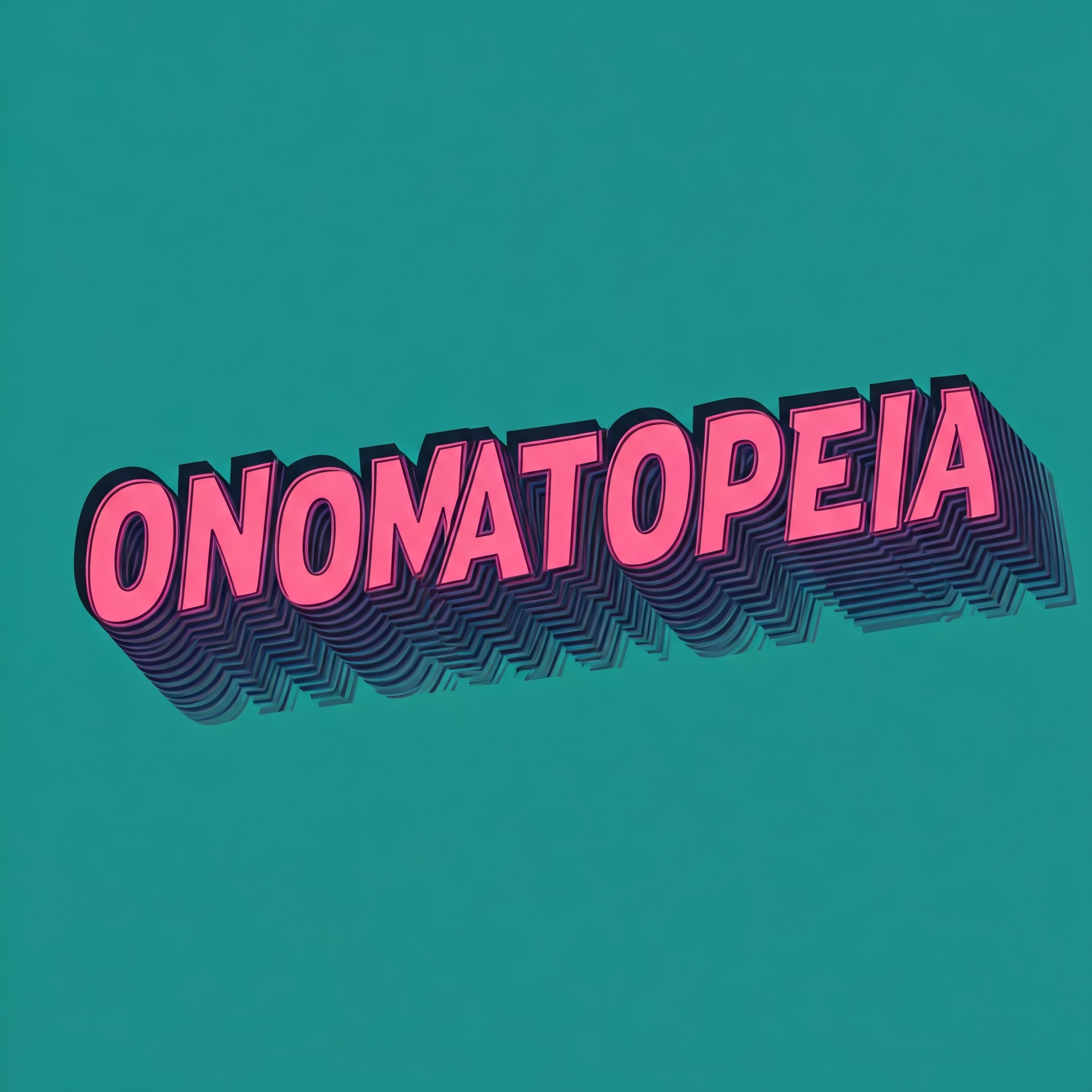
I. Defining Onomatopoeia II. The Mechanics of Onomatopoeia III. The Purpose and Effects of Onomatopoeia IV. Types and Categories of ...
Read moreOxymoron: A Concise Confluence of Contradictions
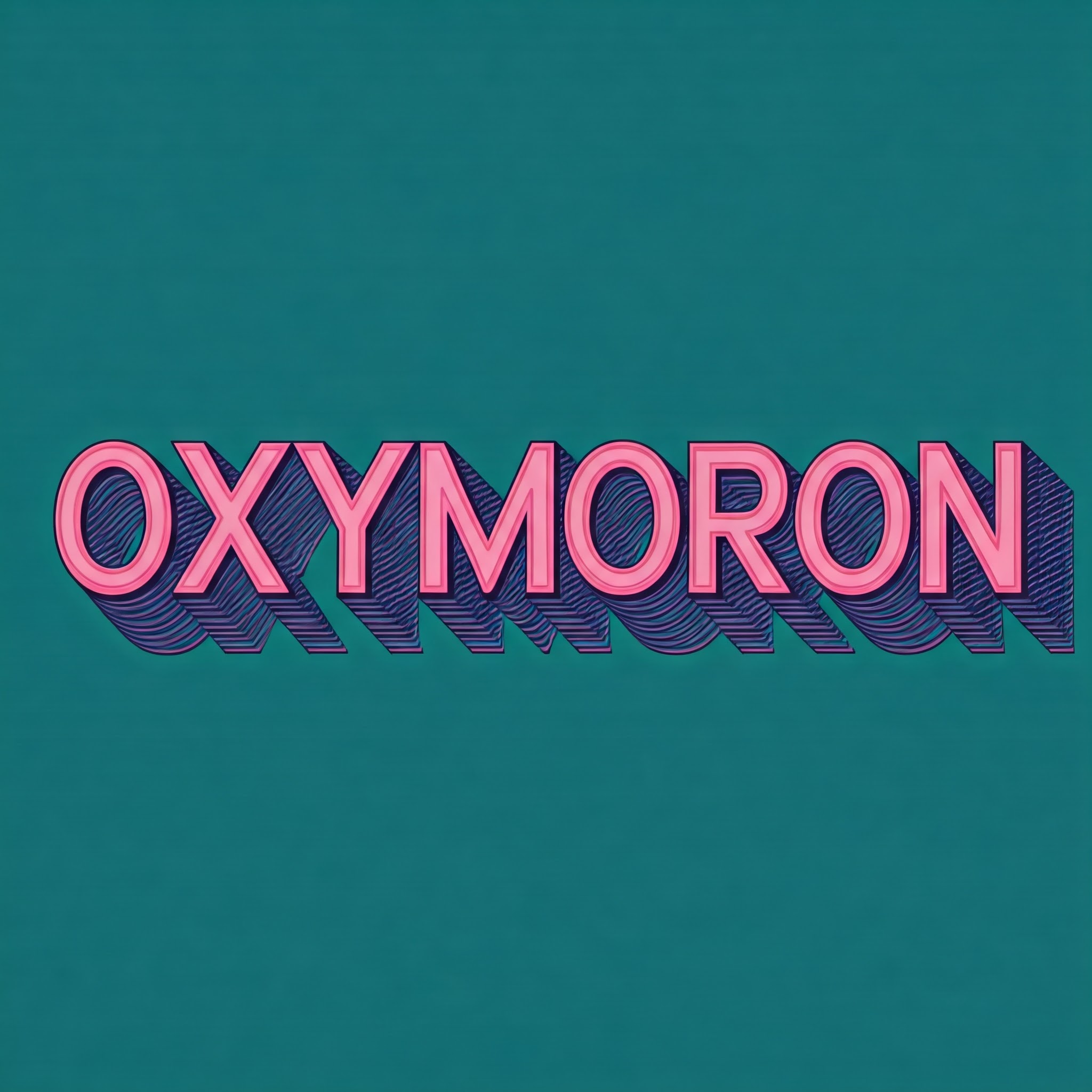
I. Defining Oxymoron II. The Mechanics of Oxymoron III. The Purpose and Effects of Oxymoron IV. Types and Categories of ...
Read moreParadox: A Conundrum of Contradiction
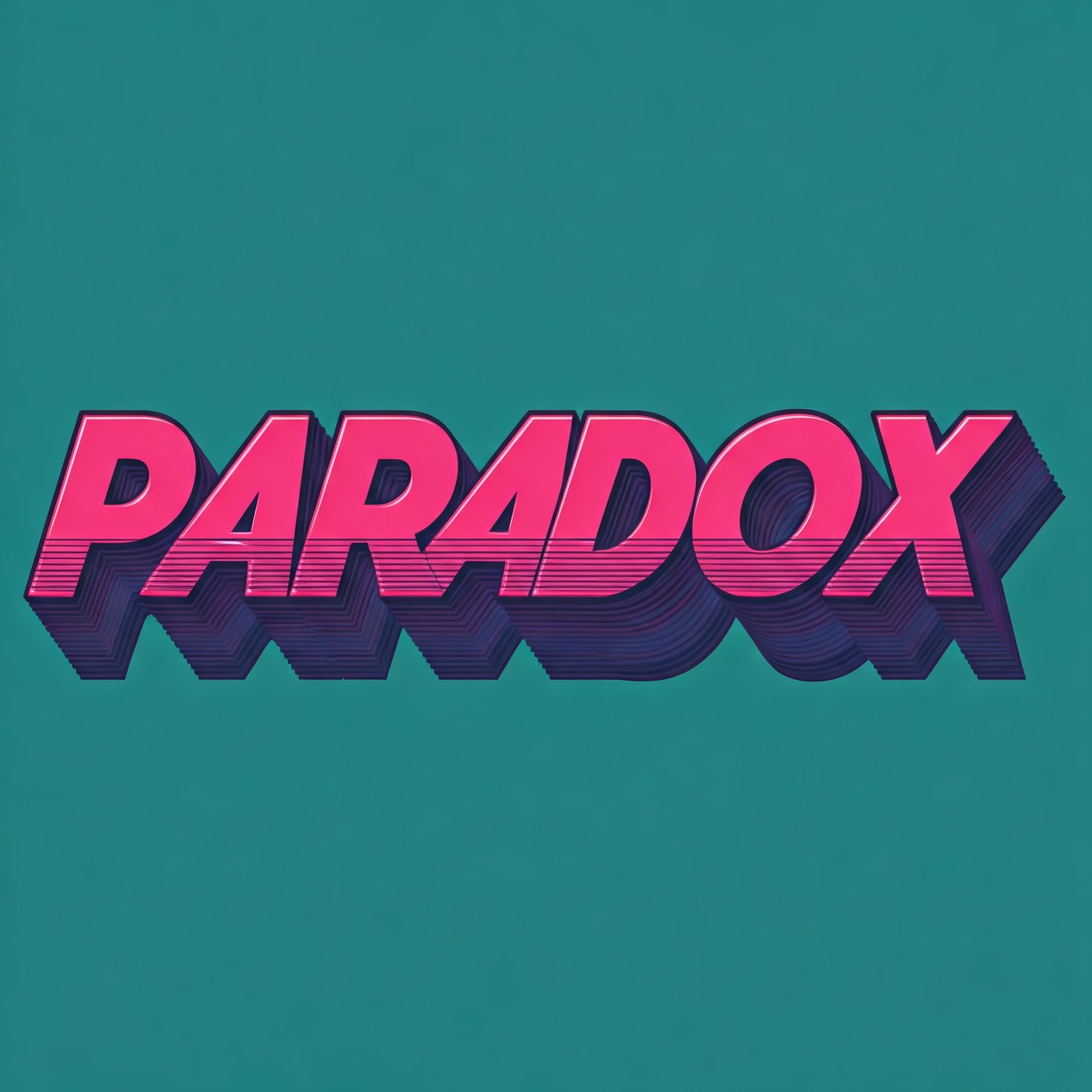
I. Defining Paradox II. Types and Categories of Paradox III. The Mechanics of Paradox IV. The Purpose and Effects of ...
Read moreParody: A Mimetic Mirror to Culture
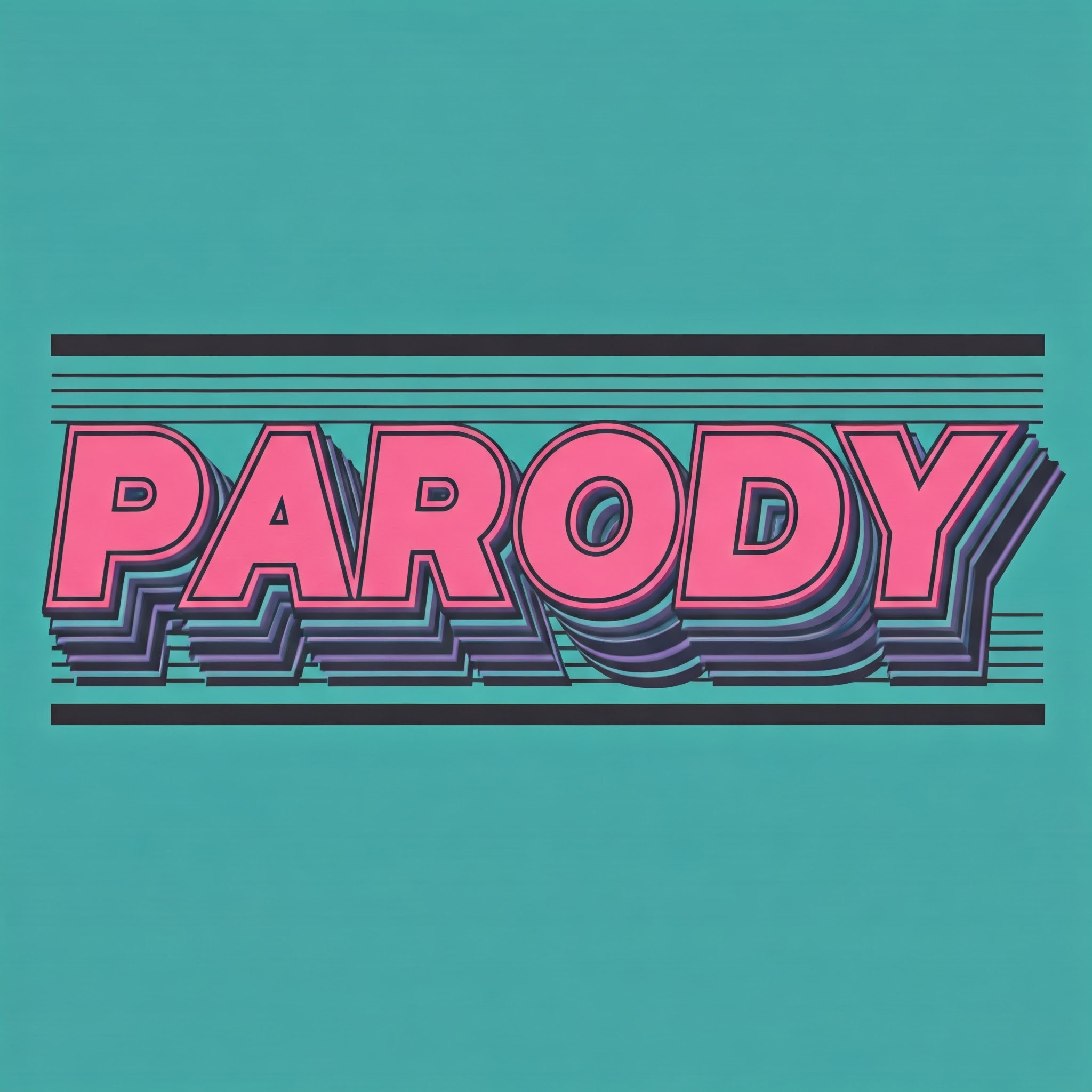
I. Defining Parody II. The Mechanics of Parody III. The Purpose and Effects of Parody IV. Types and Subcategories of ...
Read more